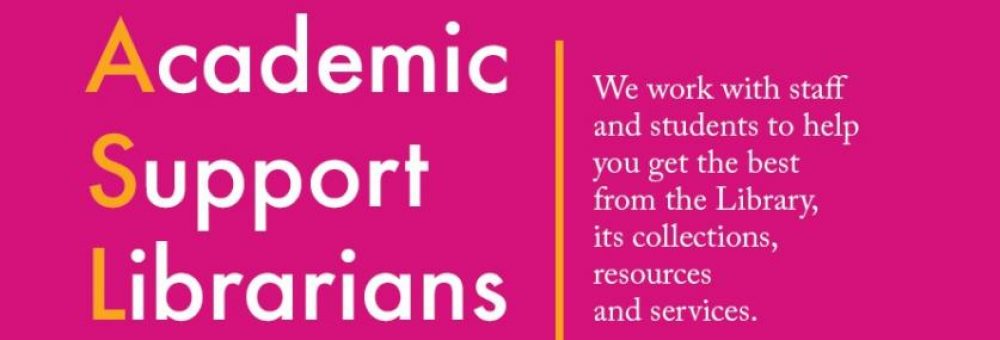The University of Edinburgh hosted the Association of British Theological and Philosophical Libraries conference this year at New College on 21-23 March. As usual there was the opportunity for discovering fascinating and historic libraries, including (of course) New College Library, the National Museum of Library of Scotland and the Signet Library.

Computer17293866, CC BY-SA 4.0 <https://creativecommons.org/licenses/by-sa/4.0>, via Wikimedia Commons
A key focus this year was Artificial Intelligence or AI, and Prof Nigel Crook from Oxford Brookes University opened the conference, speaking about ‘Generative AI and the Chatbot revolution’, and concluding that while he didn’t predict a future like the one in the Terminator, this couldn’t entirely be ruled out. 😊 Following this was Professor Paul Gooding from the University of Glasgow, with an engaging talk on ‘Applying AI to Library Collections’. He identified a key challenge for libraries as being the control of AI development by a handful of technology firms – the forces driving AI tools are not situated in the library sector. How can libraries play a part in AI innovation?
When we talk about AI this can mean machine learning, natural language processing or deep learning. The majority of ‘AI’ work in libraries refers to machine learning. Good overviews of the area are Paul Cordell’s Machine Learning + Libraries: A Report on the State of the Field and Andrew Cox’s The impact of AI, machine learning, automation and robotics on the information profession.
AI is already part of library practice in some familiar applications. Historically optical character recognition is probably the most deployed machine learning technology in libraries. Data mining and analysis tools for library datasets are already part of the landscape, for instance at the National Library of Scotland’s Data Foundry.Other applications include crowdsourcing – involving communities in annotating collections and AI clustering and classification (using machine learning to identify connections between large scale collections, inc. metadata). Services for library users based on AI encompass chatbots and knowledge discovery – recommender systems. We’re also seeing AI systems for automating metadata recognition and extraction, and AI enabled book recommendations for print & e-books.
Paul recommended engaging with and building networks and communities about AI in libraries. For instance, AI4LAM is an international, participatory community focused on advancing the use of artificial intelligence in, for and by libraries, archives and museums. Paul has been involved with the AEOLIAN (Artificial Intelligence for Cultural Organisations) Network. Libraries can play a key role in providing community, advocacy & knowledge exchange about AI.
Other conference highlights included an introduction to a Jewish Library for Progressive Judaism by Rabbi Mark L. Solomon and updates on the latest digital products in Theology & Religion from Bloomsbury, EBSCO and ATLA. One of the most interesting sessions in the ABTAPL conference is always the panel session at the end of conference. I was fascinated to hear about the awareness raising campaign at Heythrop Library, where library users were requested to provide impact statements about the value of the library to them, which were then shared on posters, Twitter and library website. It was also valuable to have contributions from members of the Religious Archives Group, Catholic Archives Society and Cathedral Archives, Libraries and Collections Association.
